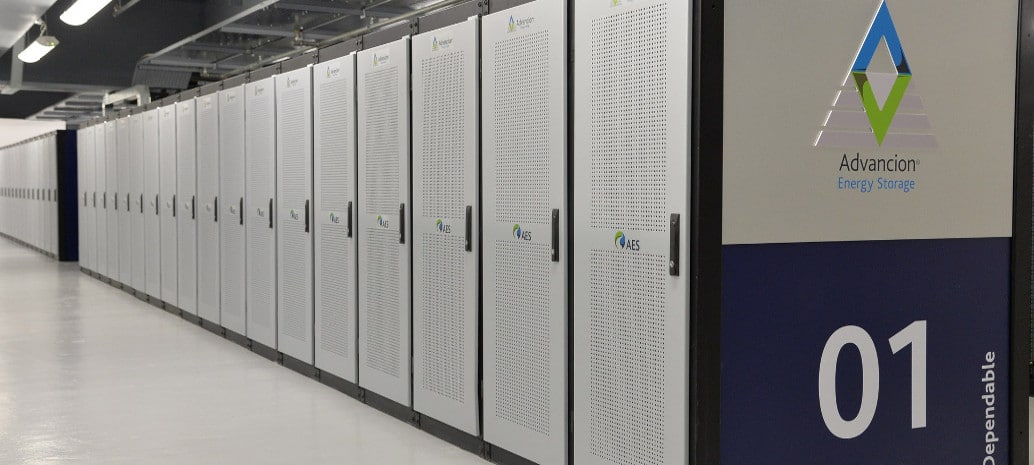California regulators have approved a deal under which AES will install and commission two battery systems totaling 37.5 MW for San Diego Gas & Electric Company (SDG&E) at two substations in San Diego County.
AES plans to supply the fourth generation of its Advancion energy storage solution. While the system works with a variety of battery types, SDG&E states that it will incorporate lithium ion batteries for the two sites in Escondido and El Cajon, which will be 30 MW and 7.5 MW in capacity respectively.
SDG&E will own and operate both systems.
The California Public Utilities Commission (CPUC) has ordered SDG&E to procure 165 MW of energy storage by 2020. In May CPUC expanded on this by ordering Southern California utilities to fast-track procurement of energy storage to meet regional reliability needs, and SDG&E is currently in the process of a competitive solicitation to procure more storage.
The batteries will also help to integrate greater amounts of renewables, and SDG&E plans to charge the batteries during time where there is an abundance of solar and wind. The high portion of solar on the California grid is exacerbating the problem of the “duck curve”, where daytime peak demand is depressed by high levels of solar, which leads to a sharp rise in demand as the sun sets.
Of California’s three large investor-owned utilities, SDG&E is the one that has incorporated the most renewable energy. In 2014 renewables represented 36% of generation procured by SDG&E, well in advance of the previous 33% by 2020 requirement. The utility is expecting to get 43% of its power from renewables in 2020, which puts it ahead of schedule to meet the state’s current 50% by 2030 mandate.
SDG&E also has the most behind-the-meter solar, and this summer was the first of the IOUs to hit utility-specific caps for the first net metering program. This triggers the shift to “net metering 2.0”, include a move to time-of-use rates.
This content is protected by copyright and may not be reused. If you want to cooperate with us and would like to reuse some of our content, please contact: editors@pv-magazine.com.









By submitting this form you agree to pv magazine using your data for the purposes of publishing your comment.
Your personal data will only be disclosed or otherwise transmitted to third parties for the purposes of spam filtering or if this is necessary for technical maintenance of the website. Any other transfer to third parties will not take place unless this is justified on the basis of applicable data protection regulations or if pv magazine is legally obliged to do so.
You may revoke this consent at any time with effect for the future, in which case your personal data will be deleted immediately. Otherwise, your data will be deleted if pv magazine has processed your request or the purpose of data storage is fulfilled.
Further information on data privacy can be found in our Data Protection Policy.